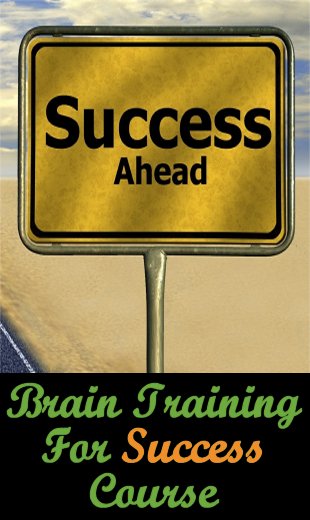So You Think You Can’t Draw?
This article is for everybody who, like me, thinks they cannot draw. And while it starts with a bit of autobiographical information, it does lead to something fun and instructive, which you can try for yourself, as I did.
I have never been very good at art, much as though I have long wanted to – not to be a Van Gogh or Da Vinci, just to be able to do simple sketches and maybe cartoons.
Maybe part of the problem is that when I was very young, I do not recall ever being encouraged to do anything that might fall within the remit of art – all my early books and toys and games were pretty much educational (in the more normal use of the word) in nature.
It’s possible this is also why I suffer from aphantasia – it’s difficult to tell because so little research has been done on this condition, which was only officially recognized about a decade ago.
Even at primary school, which I attended from the age of three until I was seven, I don’t have any memories of doing art, which isn’t to say we didn’t do any, because my recollection may be faulty after over 50 years.
However, when I went to boarding school, at seven, we did do a bit of drawing – but only in nature lessons.
Our teacher, a Miss Smith, taught us to draw a few animals, and her method was to have us draw easy things like circles and ovals, to form components such as the body and head, and then build from there.
What we created were far from masterpieces, but they did at least resemble the animals we were being taught to draw.
And that was it – there were no art lessons, as far as I recall, in the rest of my school years.
Having said that, once I moved from junior school to senior school, there was what was called a choice period on Thursday afternoons.
Instead of lessons, as there were on every other weekday after lunch and sports, you could choose from a fairly wide range of other activities, depending on your preference, and I think you could change this when you wanted, maybe once a term or once a year.
Now, art was one of those choices, and I’m pretty sure that most boys (yes, it was a single-gender school in those days) only decided to opt for the art option because the person who led that activity was the wife of one of our English teachers – and she was very attractive. Remember, the school was almost exclusively populated by red-blooded teenage boys with practically no women within the grounds at all. 🙂
So, for obvious reasons, I decided to join that activity for a while, and I have to confess that she did brighten up the afternoon by her presence.
However, the goal of these art sessions was not teaching – it was to do whatever you wanted, in a variety of mediums, and she was there to offer advice along the way.
The only things I remember creating were a few simple posters – early versions of memes, I suppose, but using paper, ink, and pens with weird, squiggly nibs and sayings I thought were funny at the time, and a scale model of Stonehenge made out of cardboard, which was not particularly creative since I was basing it on something real.
By the time I had left school, I was still artistically challenged, as I think they’d call it these days.
I had had a few attempts at drawing within the confines of my private bedsit, and I was able to sketch passable versions of a sitting cat, and a newspaper comic strip dog called Fred Basset.
Over the many decades since then, I have never pursued this desire, other than to buy a book, Drawing On The Right Side Of The Brain, back in pre-Amazon days, and, in 2019, an online course about cartooning – both of which I started but, like so much else in my life, I only got part way through before moving on to something else.
I bought the book merely because the title appealed to me, and I think I might have read a review of it somewhere, perhaps in one of those monthly book clubs that were popular back then, while my goal in buying the training course had mainly been to be able to draw simple illustrations for some of the books and poems I write.
So, my desire to draw was on hold, again, until today, when I came across a TEDx talk by Graham Shaw whose theme was that anybody can learn to draw.
It’s a short video – a tad longer than 15 minutes – and it’s a great example of how some carefully crafted tuition can get anybody going.
Here’s that video, which is definitely worth watching:
Now, I rarely follow along when asked to try something out – I see lots of things I want to try, and even say I’ll get around to later, but I almost never get around to actually trying them.
However, with this video, it was different. Maybe because it looked like fun, and something I might actually be able to do.
After first watching the video on my phone while I was doing my daily exercise, I saved it and watched it again when I was back at my laptop, and I actually had a go at following along with a few examples he asked the audience to draw
Somewhat reluctantly, I am including what I created, just so you can see how well (or badly) I managed to follow his simple instructions.
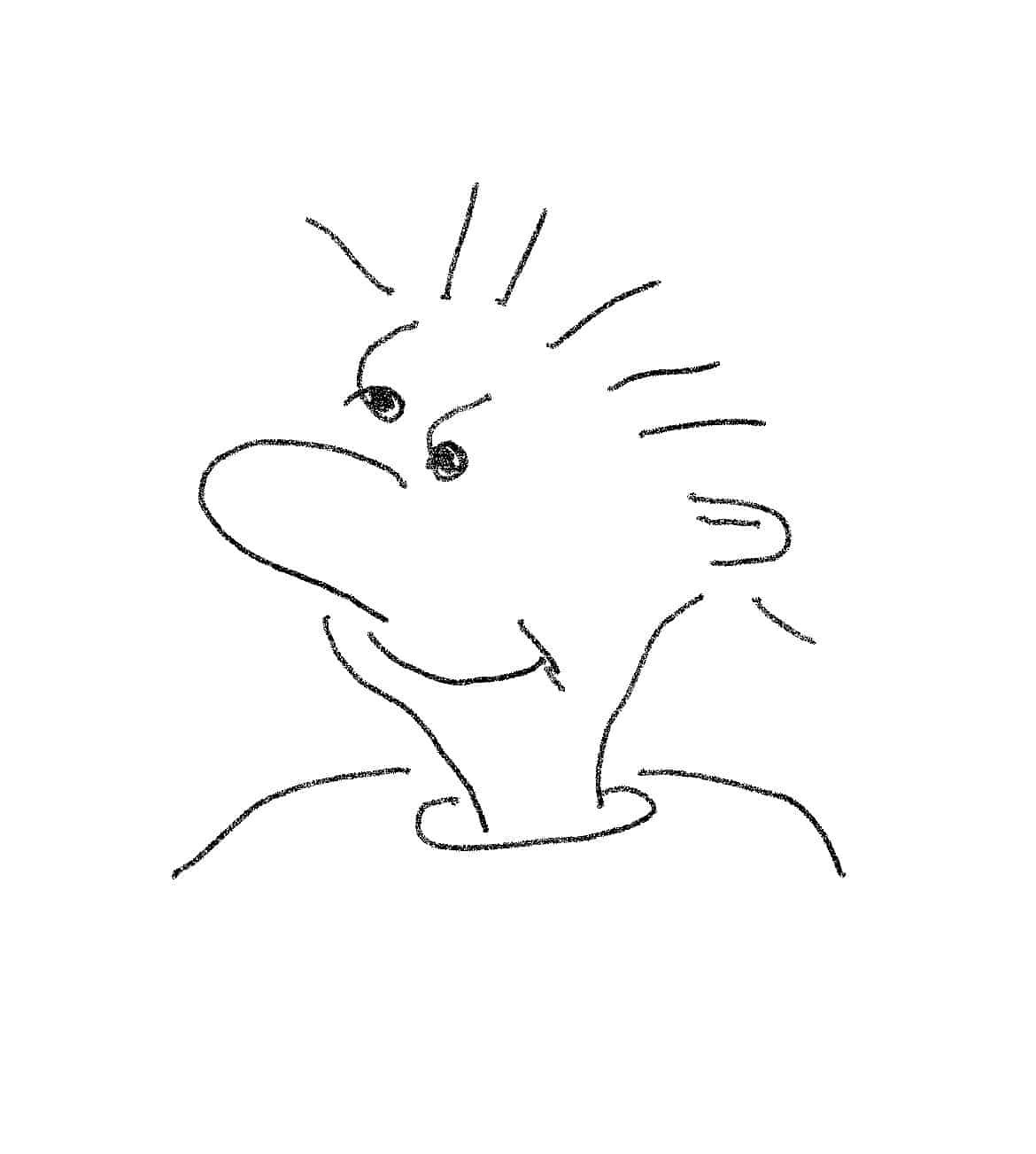
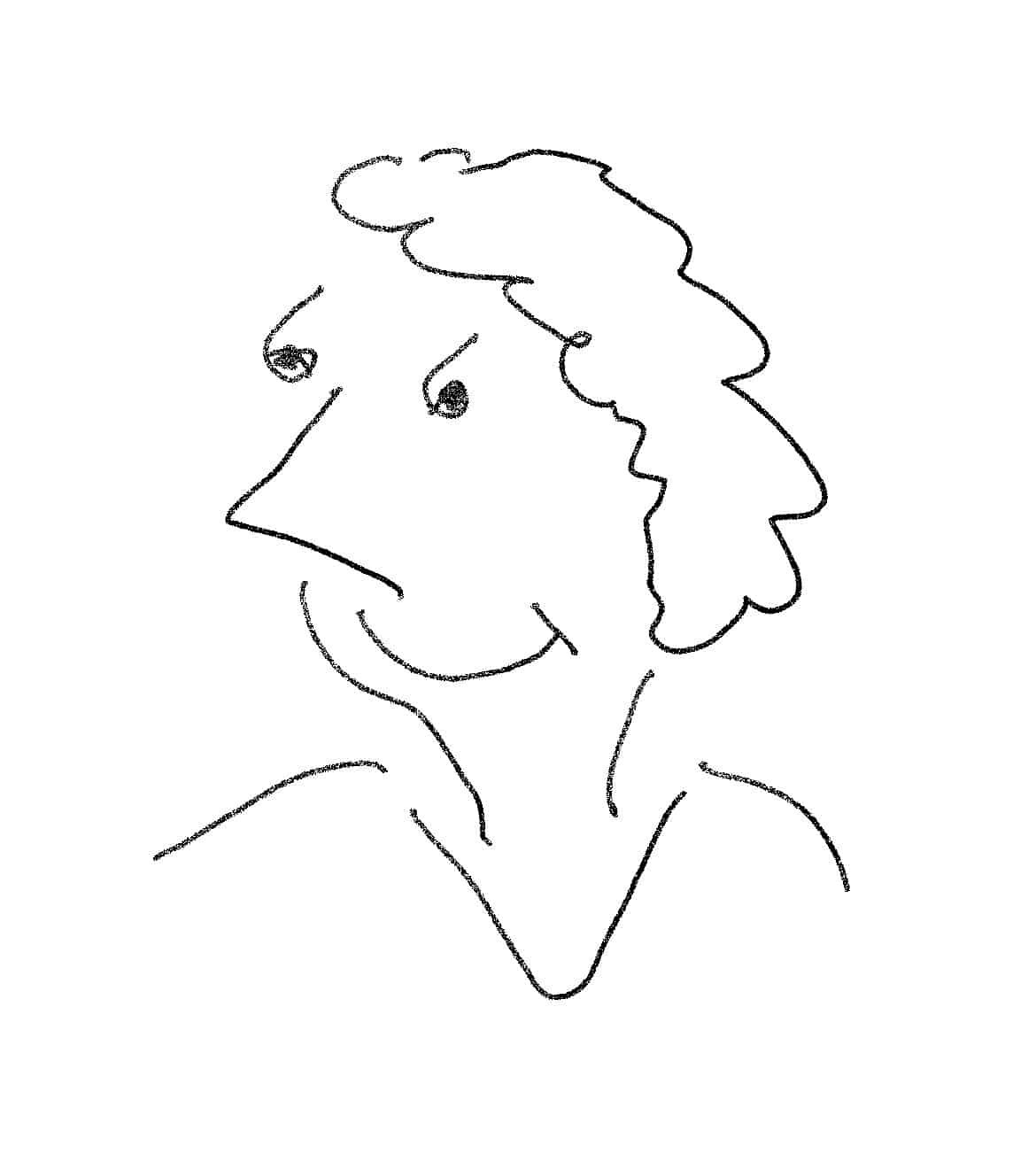

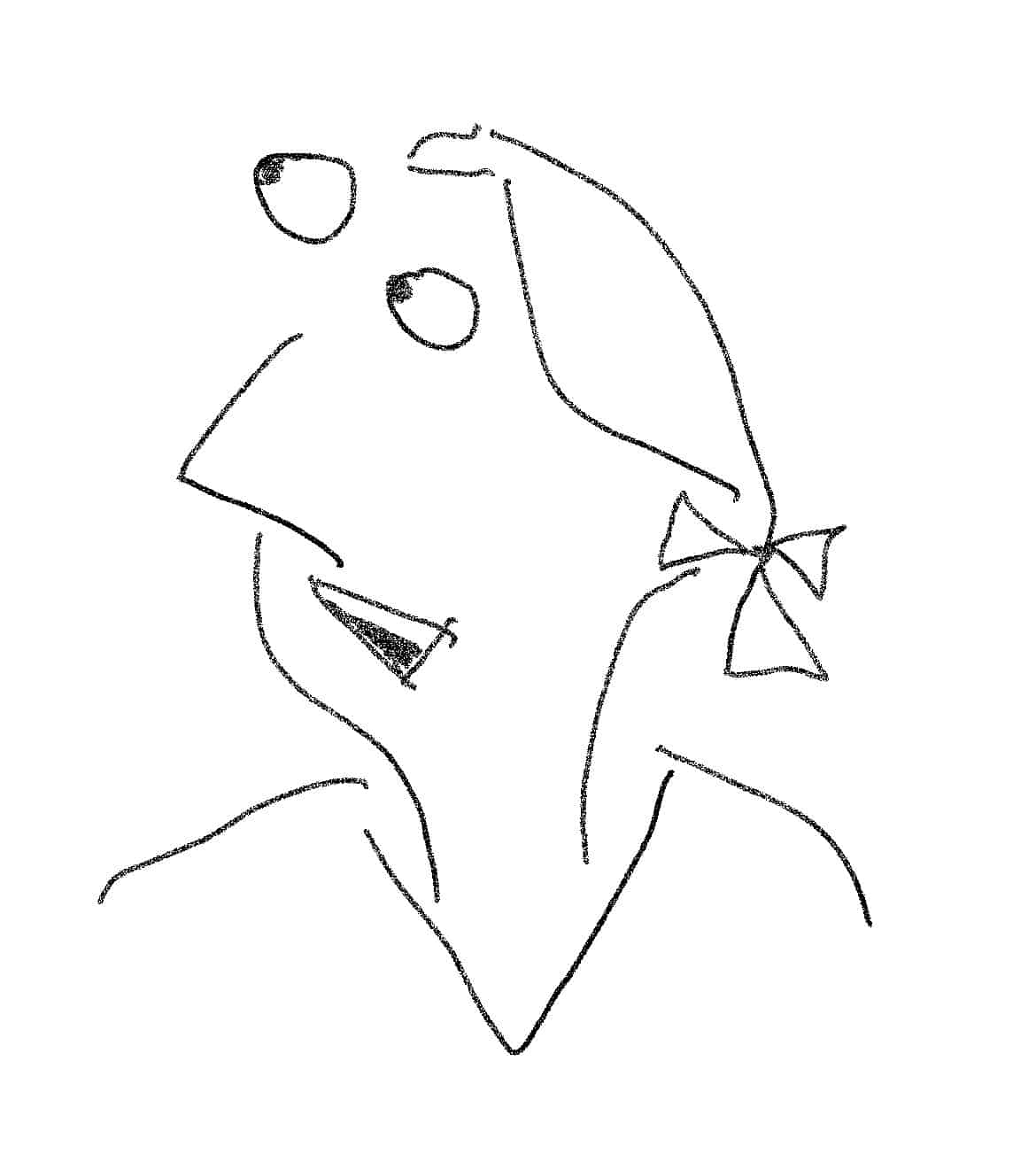
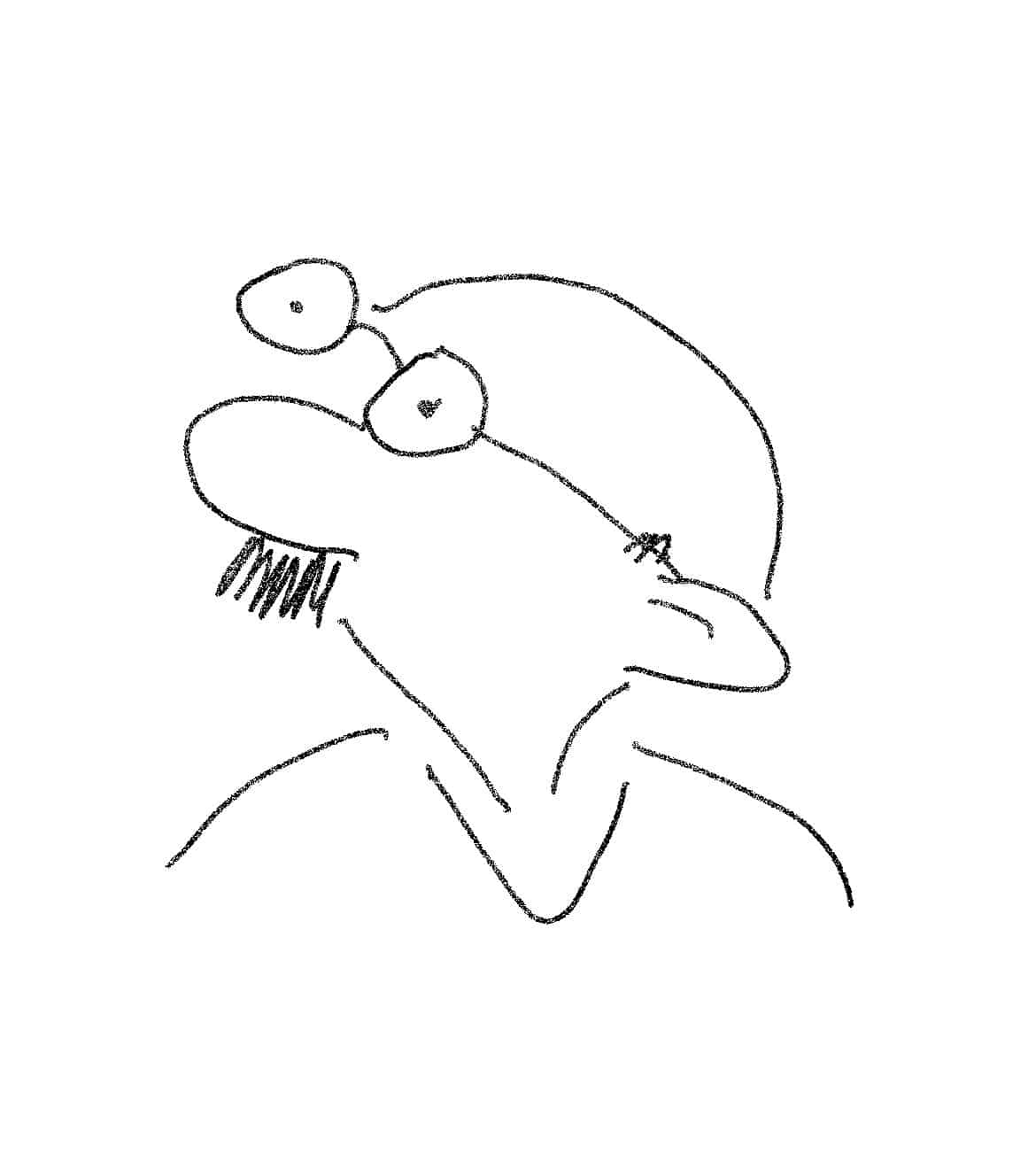

I drew these using a reMarkable 2 tablet, by the way – not pen and paper – and I have to say, they’re better than I thought they’d be. (I’m going to blame some of the crude results on the fact I haven’t used this tablet much since I bought it, so I’m not used to the feel of the “pen” and the paper-like texture of the screen.)
What I found particularly interesting, however, were the three examples he gave after those lessons, regarding experiences he’s had in real life helping people learn to create these simple sketches.
Sadly, there are people (especially in government, apparently) who seem to think art serves no real purpose, which is why art in general is often deprioritized and underfunded.
I’m writing this, as is the case with so many other articles, during the coronavirus scare, and one of the casualties of many government lockdown policies is that live arts have almost disappeared – and I think people are suffering because of that.
The truth is, of course, that art is a vital part of what makes life enjoyable, even bearable, as this excellent meme I recently saw on Facebook highlights:
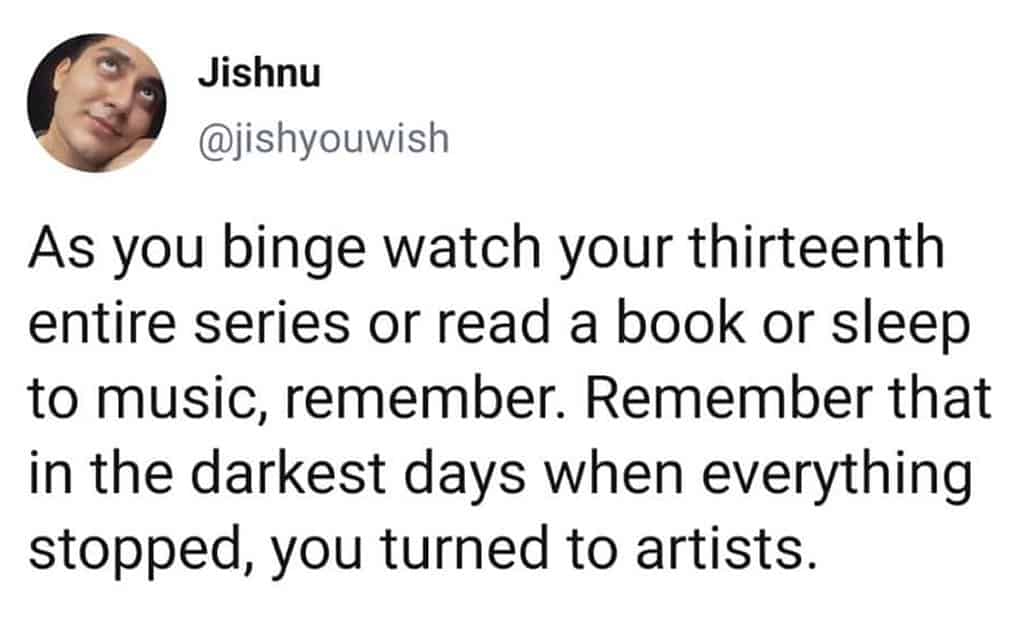
Conclusion
What Graham shows in this short talk is that anybody can do some form of art – either for their own enjoyment, or as part of some other project.
Even with the simple techniques illustrated in the above video, you could go on to create your own cartoon strip, for example, and I certainly have the confidence now to start creating illustrations for some of what I write.
As an example of what can be done, check out Nathan Pyle’s Facebook page – he has almost two million followers (including myself), and the drawing aspect of his work is something that, I think, is within most people’s reach, provided they just give it a try and practise. (This is not, of course, meant to decry his work in any way – it’s the combination of the simplicity of the artwork and the captions that make his creations so popular.)
And as Graham’s final example shows, art has its uses within the field of therapy too. For example, magic, another of my hobbies, has been used in physical therapy for decades, with David Copperfield launching Project Magic as far back as 1981 and, more recently, Kevin Spencer creating MagicTherapy™ in 2007.
So, if you are anything like me and have always thought that you have no artistic talent, I encourage you to follow along with the video and try out the three or four tutorials yourself. Who knows where it might lead?
Apart from a bit of fun that proves you can draw, to some extent at least, the other key take-away from this short presentation is how certain beliefs we have, which were probably installed during childhood, can hold us back. (I have a free report about discovering your limiting beliefs, which you can find here if you are a member, and here if you are not yet a member.)
Additional Resources
These are suggestions for those who wish to delve deeper into any of the above:
- 17 Onji
- Drawing On The Right Side Of The Brain
- Fred Basset Comic Strip
- Magic Therapy™
- Nathan Pyle
- Online Drawing Courses
- Project Magic
- reMarkable 2


